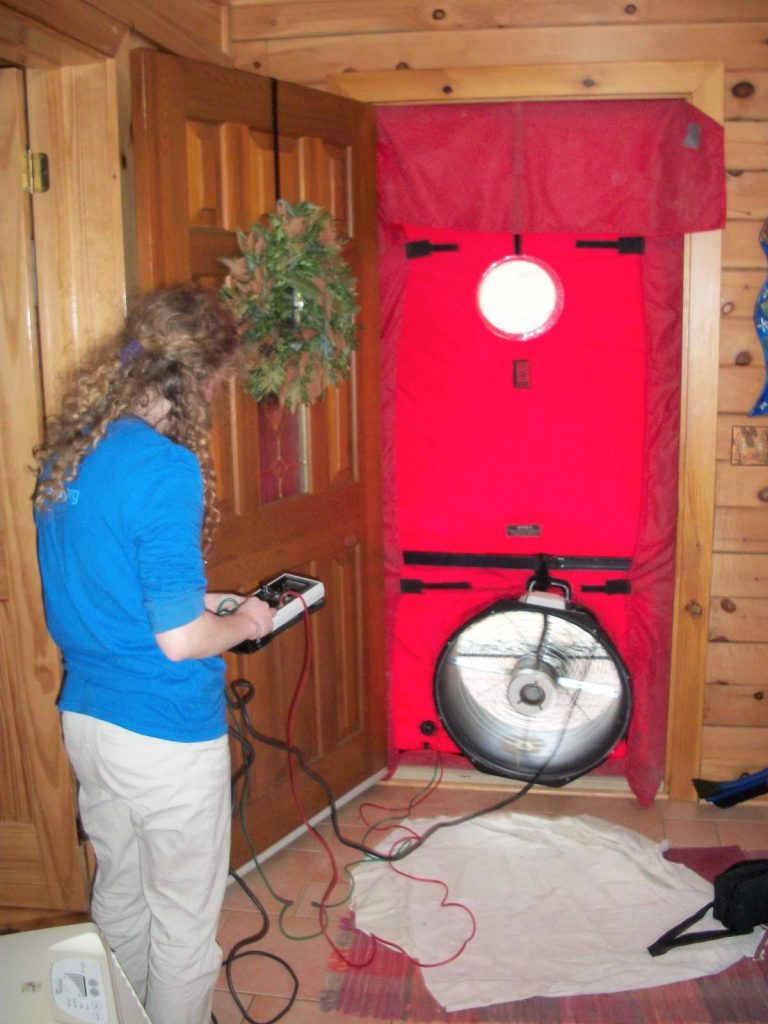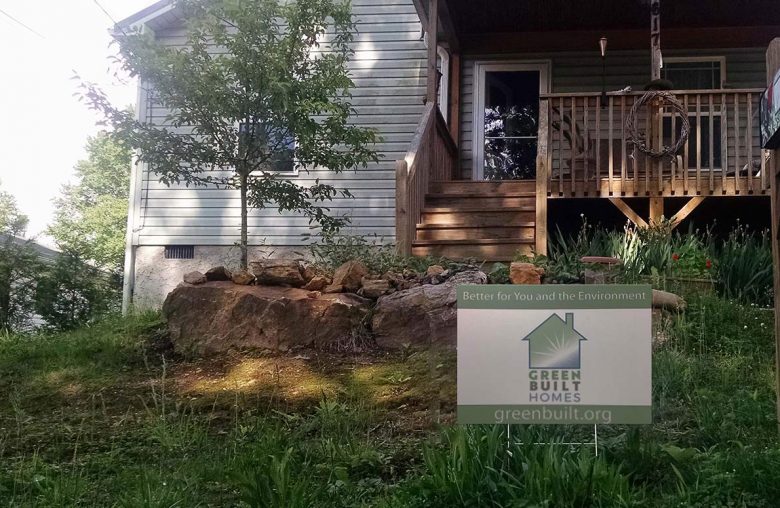(Flawed) Reasons People Don’t Use Green Building Certification Programs
By Leigha Dickens, Green Building and Sustainability Manager for Deltec Homes
If I had a dollar for every time a client chose not to certify their new Deltec through a third party green building program (e.g. Energy Star for Homes, LEED, Green Built Homes)…then I’d have more dollars than you might think. Even among clients who express ambitious energy efficiency goals or have great concern for material sustainability, indoor air quality, or waste reduction, I have found that when given the choice of whether or not to pursue a green building certification, clients all too often choose not to.
Many of their reasons are understandable on the surface, and I empathize with everything a homeowner has to consider in the course of bringing their dream to life. But, the decision not to certify is still a short-sighted one, which I have seen homeowners come to regret later.
Let’s look at the common reasons people decide not to get a green certification, and why those reasons are flawed.
#1: I’m overwhelmed
Most green building programs require you to enroll before you start to build. It’s even preferable to do it early in the planning stage. Therefore, you and your builder need to understand what you’re getting into, and your builder may need to undergo training or certification to fulfill the program requirements. The terms and acronyms involved in green building programs can be confusing (RESNET, HERS, ACH50, Ahhh!) and the requirements can sometimes require some technical knowledge about how things work in homes. Dealing with the process of realizing a custom home: designing the dream, finding a builder for the dream, getting estimates for construction of the dream, figuring out all the fun and sexy stuff like what windows best frame your view, how to lay out your kitchen, and specifying the HVAC system (ok maybe that last one is just me) can take enough of a homeowner’s brain power as it is.

Green certifications require performance testing, such as the iconic blower door test of house air-tightness. Knowing a house is going to be tested—and must pass the test—makes everyone involved in building it likely to be more thorough with the details. Credit: Steve Linton
I get it, I do! But that is why all of these programs come with a built-in guide, the program Rater. The Rater is the person you hire who is trained in and certified by the program, who comes to the jobsite to inspect construction, make sure the program requirements are being followed, and oversees paperwork. The Rater can also provide guidance, help, and training, and is often happy to do so, which is easier and more effective if he or she is hired early in the home design process.
#2: You mean I have to pay for certification?
Yes, you do. Sometimes multiple fees: one to the organization that puts the program on, and yes, one to that aforementioned Rater. I’m not arguing that green certification is free. What I am arguing is that this cost is worth it, and if you’re like most people building their dream home, you’ll likely be tempted to spend far more than these fees on other (less valuable) things throughout the project. For most homes, green certification fees are not that expensive in the grand scheme of things, less than 1% of the total cost to build.
But paying for certification is a feature, not a bug. Firstly, these programs need your support. They wouldn’t exist otherwise, and they do a good thing for the world—advance green building standards. Think of it like a donation to the goal of green building. And the Raters? Well, they have to make a living too. They’ve undergone extensive training on how to make homes healthier and use less energy, and you’re paying to have access to that knowledge. It’s great knowledge to have! No different than you are already paying your builder, your electrician, your doctor, to have access to what they know when you need it. Rather than having to know everything yourself, invest in that knowledgeable team member to help you.
#3: There’s no rebate for me
Sure, rebates are nice, and they can be effective motivators for change. Locations with rebates for green building certification have more certified homes than areas that don’t, and if you’re lucky enough to be building your home in an area that has rebates for green building, that’s great (if you don’t know if there is a rebate or not, you can check with our green building department. Sometimes there may be something from the power company that serves your city), but at the end of the day, not everything worth doing comes with a rebate attached to it.
Additionally, real estate studies have found that green certified homes can sell faster, and at higher prices, than those not certified. Here’s the catch: banks, appraisers, and home buyers require proof that a home is green, and the best proof is in a third party certification, which uses agreed-upon technical standards and inspections to ensure those standards have been followed. Unfortunately, just promising that a home has green stuff in it isn’t enough.
#4: My builder is going to build it green anyway, I don’t need certification to prove it
Our local building company, Deltec Building Company, is a green builder. In the past two years, 100% of the Deltecs we built in Western North Carolina were built to Energy Star, and many to Green Built Homes. And the best part is, getting those certifications has taught us so much more about green building than we would have figured out on our own.
It is the process of certification, on each and every home, that helps us build just a little bit better of a house than we might have otherwise, because every single job is inspected by the third party Rater. It’s another eye to catch mistakes, and teach us about new concepts, or old ones applied in new ways. And most green building certifications require performance testing of key systems, giving one more opportunity to uncover something that might have otherwise come back to bite the homeowner later.
Most builders would love to tell be able to tell you they are perfect, and that your building experience will be absolutely perfect as well. But, most know it won’t be, because most builders employ humans. Humans overcome their foibles by having good systems, and third party certification is an incredibly helpful such system. I have absolutely seen that when humans have clearly defined standards to shoot for (a green building program), a guide to help along the way (the program Rater), and feedback on how they’re doing at it (inspections and tests during various points of construction) the end result is far superior one.
The Bottom Line
The fact of the matter is, green building certification makes a difference: to the quality of the final project and to the community at large. It can be overwhelming, but resources abound to simplify the chaos.
I’m going to change the original scenario: if I had a dollar for every client who called me after their home was built to ask how to get their home certified, and I have to tell them that it is too late…that’s where I’d have a lot of dollars. That’s why I want you, the homeowner, to put your dollars toward getting your green building certification.
-Leigha Dickens, Green Building and Sustainability Manager
This blog is part 1 of a 4-part blog series on green building. Check out the other posts in this series:
Part 1: Coulda, Woulda, Shoulda: (Flawed) Reasons Homeowners Don’t Use Green Building Certifications
Part 2: Five Mistakes Green Building Certifications Can Catch
Part 3: The Process of Getting a Green Building Certification
Part 4: Residential Green Building Certification Program Guide
